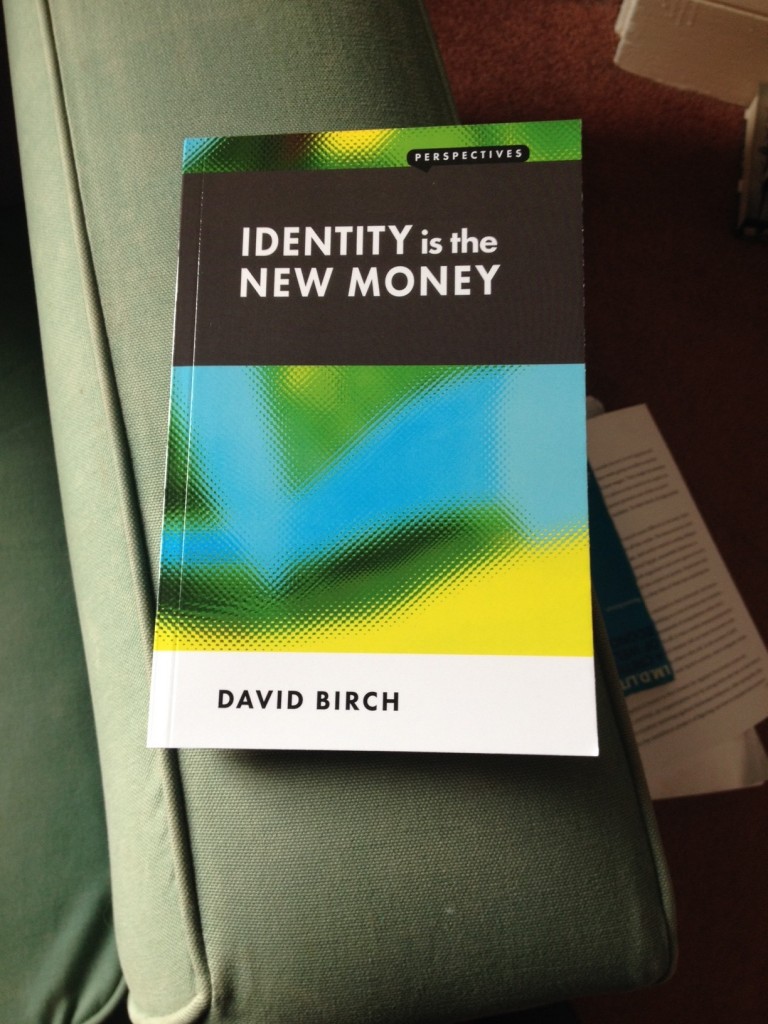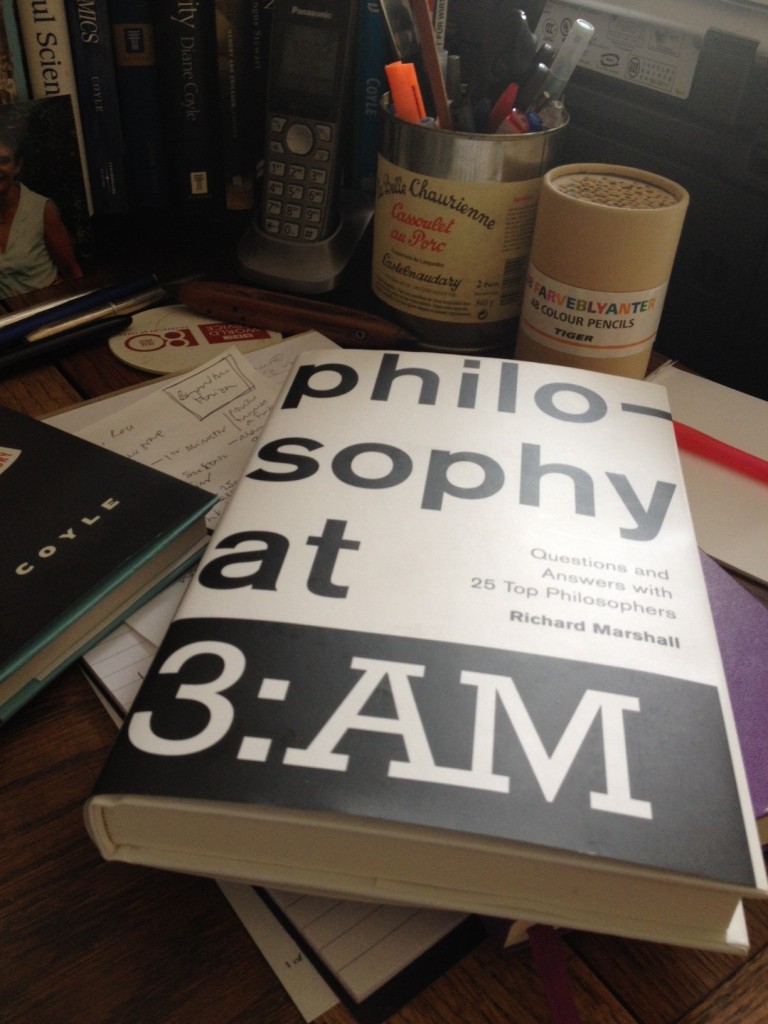Over a few weeks, I’ve been reading[amazon_link id=”0262019736″ target=”_blank” ] Big Ideas in Macroeconomics: A non-technical view[/amazon_link] by Kartik Athreya, an economist at the Richmond Fed. I’ve found it very interesting and illuminating, but what it has illuminated has tended to confirm my scepticism about much conventional macroeconomics.
[amazon_image id=”0262019736″ link=”true” target=”_blank” size=”medium” ]Big Ideas in Macroeconomics: A Nontechnical View[/amazon_image]
The kind of macroeconomic debate that most people are familiar with from the blogs (see Simon Wren-Lewis, the National Institute blog, Noahpion etc) and the economics journalists – discussing why GDP growth is what it is, the effects of fiscal policy, how long interest rates need to stay so low, what is the risk of deflation in the Eurozone etc – is wholly absent from this book.
It is instead about macroeconomic theory. It seeks to explain without equations the deep theoretical foundations of macroeconomic models, the models later used in central banks and elsewhere to inform the practical policy discussion. Although billed as ‘non-technical’, and hence the absence of equations, it is still pretty tough going. Athreya’s starting point is general equilibrium theory derived from Walras in its modern Arrow-Debreu-McKenzie (ADM) manifestation. The first four chapters cover this theory, other theoretical foundations in the form of game theory and overlapping generations models, and the use of four often-criticised techniques or assumptions: aggregation, rationality, equilibrium and mathematics. Chapter 5 turns to policy advice, and chapter 6 to “recent events”. Even these, though, are discussions of the theoretical models.
The book is therefore an excellent guide to macroeconomic theorising – although too hard for a general audience, useful for students of macroeconomics, probably at the graduate level. However, I was genuinely startled by its implicit claim that the ADM model is both the right approach to practical macroeconomic policy and the approach in use in the policy world. This is not because I have any doubts at all about the usefulness of some mathematics, nor of the modelling assumptions of rationality and equilibrium in many contexts. I am a huge fan of markets as a process of information-discovery and co-ordination. But I’d imagined the insistence on the abstraction of the general equilibrium approach to macro was in retreat and now dug deep into in its bunkers in university departments and academic journals.
There is a telling passage in Chapter 2 where Arthreya writes of “the pervasive orderliness of the world in the absence of any central co-ordinator.” Many economists have noted this – Paul Seabright’s [amazon_link id=”0691146462″ target=”_blank” ]The Company of Strangers[/amazon_link] is one wonderful, accessible example. But many have also, I would say, pointed out the frequent disorderliness of the world at the aggregate, macro level. ” ‘ADM minus some markets’ seems like a useful description of the real world,” the book claims – just before noting that the ‘minus some markets’ strikes out financial markets subject to asymmetric information, those with too-big-to-fail entities, and markets characterised by externalities. Then it claims that there are no other important areas of oligopoly power – oh, except for those where innovation is important. I can think of a few other areas of market power too! When ‘minus some markets’ ends up being a very large chunk of the aggregate economy, there is a lot of wishful thinking going on here about the practical relevance of the general equilibrium model.
What about the crisis? Athreya concludes that: “Macroeconomists lack models that can fully account quantitatively for the use of various contracts….Macroeconomics therefore has a good deal of unfinished business.” The crisis has led to a sensible shift in modelling priorities towards including some financial contracts, he says – and the book rightly notes that Keynesian or Minskian models would not have included relevant types of financial contracting for predicting the crisis either. Athreya thinks these evolutionary, internally-driven reforms are all that macro needs. I find this dispiriting.
After reading the book, I read some other reviews and found that John Quiggin had more or less the same reaction as me. I’m not all that persuaded by the revamped Keynesian non-DGSE versions of macro either (unlike Quiggin, I think); for me, we’re simply back to the drawing board on macro, and the most interesting starting points would be something like the Moore/Kiyataki models with credit cycle and labour market interactions at their heart, plus [amazon_link id=”1843763311″ target=”_blank” ]Perez[/amazon_link] on long-term technology and financial cycles. The former seem to me like heirs of the much-underrated [amazon_link id=”063117690X” target=”_blank” ]Malinvaud[/amazon_link] approach.
[amazon_image id=”063117690X” link=”true” target=”_blank” size=”medium” ]Theory of Unemployment Reconsidered: Lectures[/amazon_image]
Still, as Quiggin says, the DSGE cult prevails still in academic economics – and, it seems, in the policy world too. Which means [amazon_link id=”0262019736″ target=”_blank” ]Big Ideas in Macroeconomics[/amazon_link] is worth reading to understand how they think, alien as it may be.


